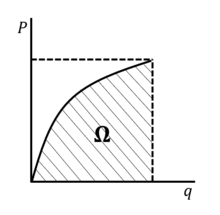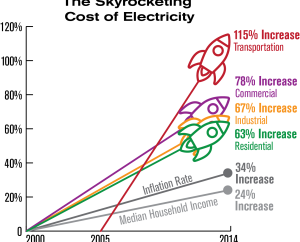
What there is to like and what there is to dislike about onshore wind
As indicated by Statista, the worldwide wind power limit came to 743 GW in 2020, up from 650 GW in 2019 despite deferrals on projects because of COVID-19. The remarkable ascent of wind power establishments demonstrates its developing ubiquity all over the planet.
Driven by propels in innovation and worldwide strategies battling environmental change, wind power is turning out to be all the more monetarily maintainable Power to Choose energy .
How in all actuality does wind power work?
Wind turbines work when the air turns the carbon-fibre edges joined to the units. The edges are associated with an engine, which transforms active energy into power. The energy is moved to a gearbox, which changes over the sluggish turning of the sharp edges into a fast revolving movement. This then, at that point, turns a drive shaft rapidly to the point of powering an electric generator.
Generally, onshore wind turbines ruled the market, nonetheless, lately, progresses in innovation has prompted the improvement of seaward wind ranches.
For more data on the historical backdrop of wind power, investigate our post on how wind turbines have developed.
What is onshore wind?
Onshore wind power alludes to turbines situated ashore rather than over water. They are ordinarily situated in meagerly populated regions with low preservation esteem. As per the International Energy Association, the onshore wind power age expanded by 12% in 2019. Limit increments additionally developed by 22% after deteriorating for a few years.
Benefits of onshore wind
Other than the conspicuous benefits of maintainability, what else is profitable regarding onshore wind?
More affordable
The framework expected for onshore wind power is fundamentally more affordable than what’s expected for seaward wind. Now and again, it’s a large portion of the expense and can give speculation restitution as fast as two years. It’s likewise the most economical type of renewable energy contrasted with solar and atomic power sources, and that implies it’s more reasonable to shoppers. Since they’re savvy, onshore wind ranches will quite often be bigger, delivering more energy per site.
Speedy establishment
Onshore wind turbines rush to introduce and can be built inside a couple of months, not at all like other energy sources like thermal energy plants, which can assume control of more than twenty years to fabricate. When inactivity, onshore wind turbines additionally have low upkeep costs.
Low effect on environmental factors
Onshore wind ranches genuinely affect their encompassing regions. Poisons aren’t delivered, the site can be cultivated around, and there’s the tiny effect on natural life.
Weaknesses of onshore wind
Shifting wind speeds
The speed of onshore wind turbines is fairly eccentric. Since wind speed and bearing change ashore, accomplishing steady power age can be a challenge. Thus, wind speed and heading should be painstakingly checked to anticipate energy age.

Potential wind blockages
Actual blockages from structures and encompassing scenes like slopes or mountains can likewise cause creation irregularities. Consequently, onshore wind can’t create energy all year and can accomplish around 2.5 MW, contrasted with seaward wind’s surmised 3.6 MW.
Discontinuous energy
As we come to depend all the more vigorously on wind ranches for our energy, expanding measures of petroleum products will likewise be required.
Visual and sound variables
Onshore wind homesteads can be a blemish on the scene. Wind turbines that are based on key positions to generate more power can be forced on encompassing local locations. To illustrate, very close, a wind turbine seems like a lawnmower.
